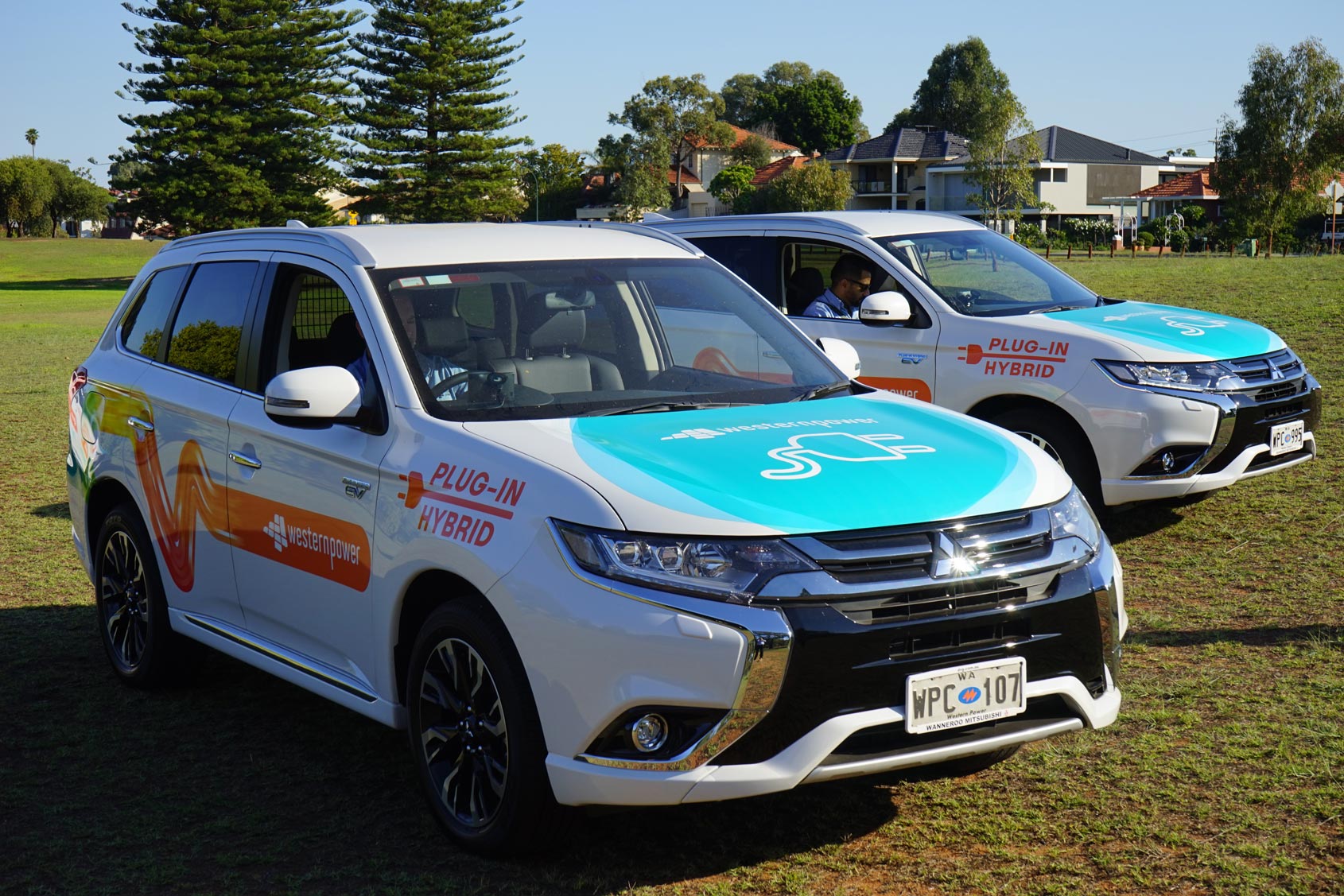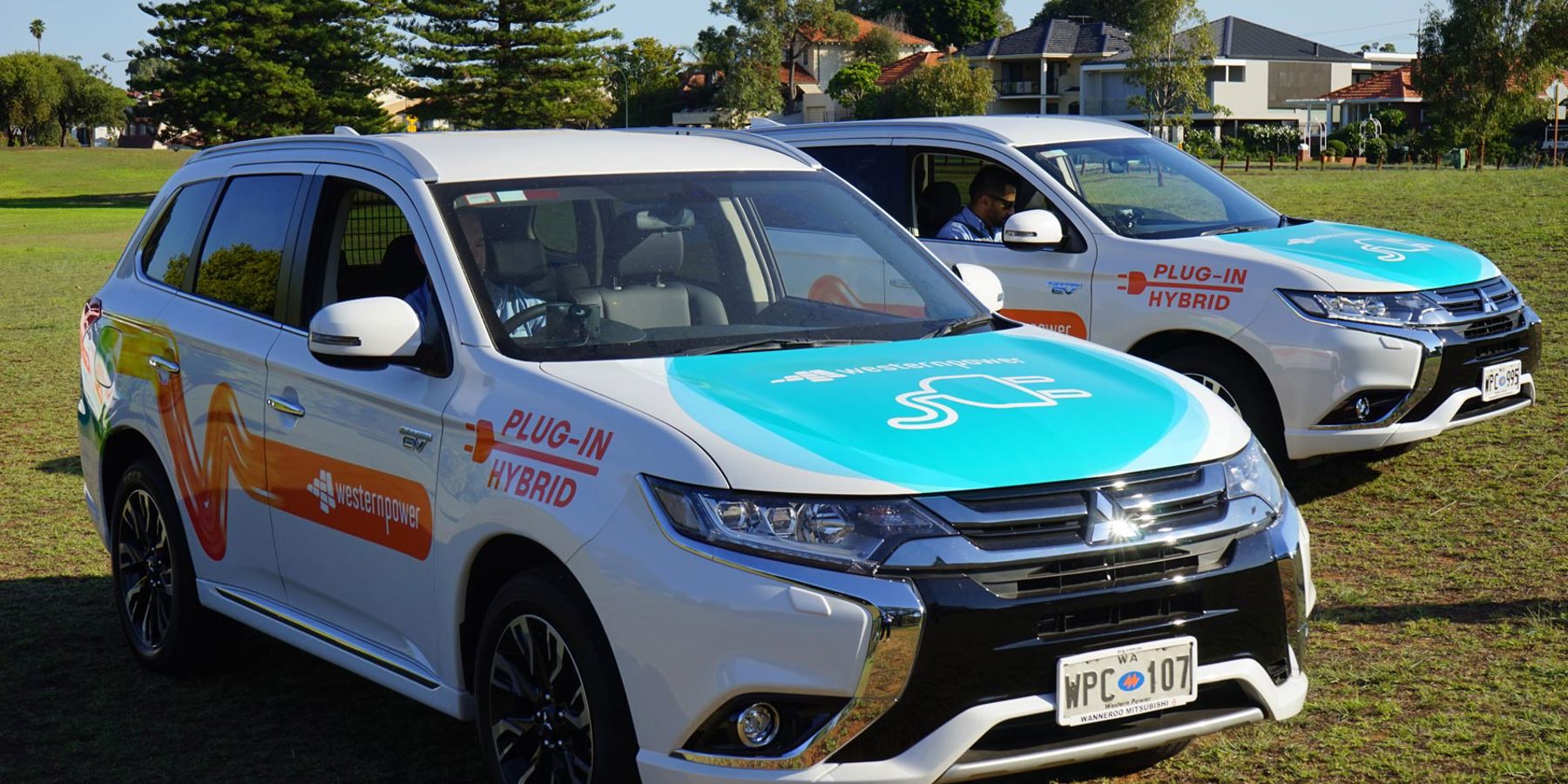Connecting your EV fleet to our network
A key consideration, and potentially cost, associated with a fleet conversion is having the right electricity connection and supply arrangements in place to make sure you’re always charged up and ready to hit the road. Here’s a step-by-step guide to help you determine what changes to your electricity infrastructure may be necessary.

Fleet conversion steps
Determine what type of charger (AC or DC) you require
1
How many charging connections do you need and what is the total kW required?
2
Determine your existing supply arrangements. Do you have a low voltage connection or do you have access to a high voltage connection point?
3
We only have a low voltage connection: A supply upgrade may be required to ensure you have the right amount of electricity supplying your business. Your internal energy management system may allow you to manage your EV charging at staggered times, reducing the supply capacity required at your connection.
We have access to a high voltage connection point: There may be existing supply within your property to accommodate an EV charger, with no upgrade required to the Western Power network. Speak with your electricity retailer directly about increasing your contracted maximum demand.
Get tailored advice from an electrical consultant
4
Cost guide
If you don’t currently have sufficient capacity on site and you’re within 25km of a zone substation in the Perth metro area, the cost to upgrade your supply is $496/kVA plus an additional 13.9% capital contribution tax. So, a capacity upgrade to accommodate a single 7.4kW charger, would cost approximately $5,250. Note, this cost is exclusive of any required transformer upgrade, charging hardware, smart software, or civil works required to install the charger.
Harmonics and compliance
When looking to purchase charging equipment, you’ll need to obtain a harmonics and compliance statement from the manufacturer. This tells us the manufacturer has complied with Australian standards and it will work with our systems. Most charging infrastructure suppliers provide this already, but it’s something we’ll be asking for when the chargers are installed.
Bi-directional capabilities
Using your EV battery for vehicle to grid (V2G) or vehicle to house (V2H) or vehicle to depot (V2D) electricity supply is a new technology that’s only just becoming available in Australia. You’ll need to speak with your electricity retailer for any change to your service, including connecting a battery to your home or business.
Need more information about EVs?
Check out the WA State Government’s Department of Water and Environmental Regulation’s informative A guide to electric vehicles (August 2021). It provides practical information about the features and benefits of EVs, particularly in the context of WA.
